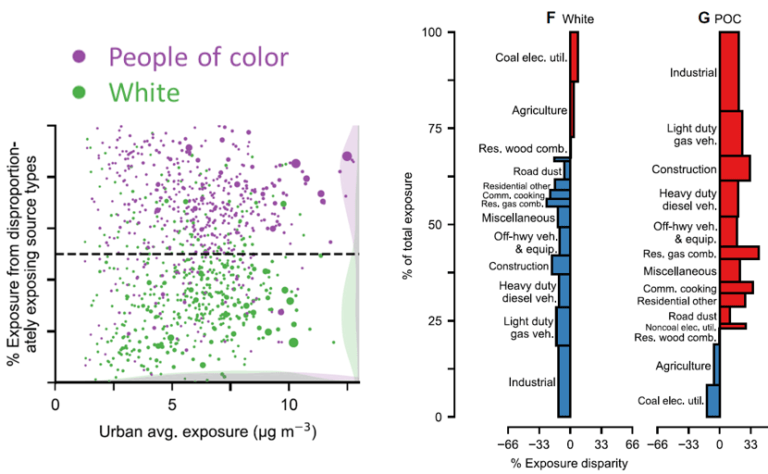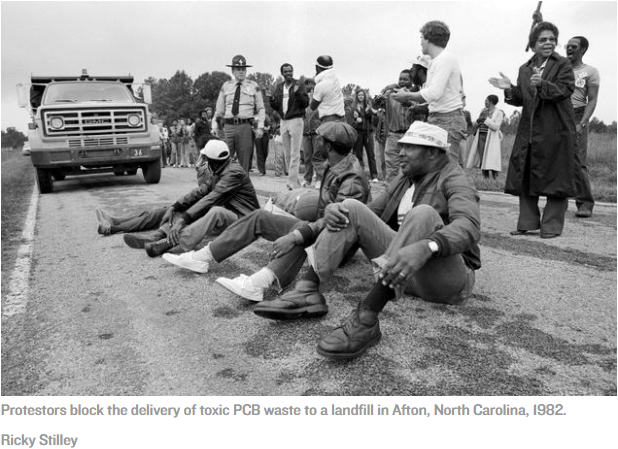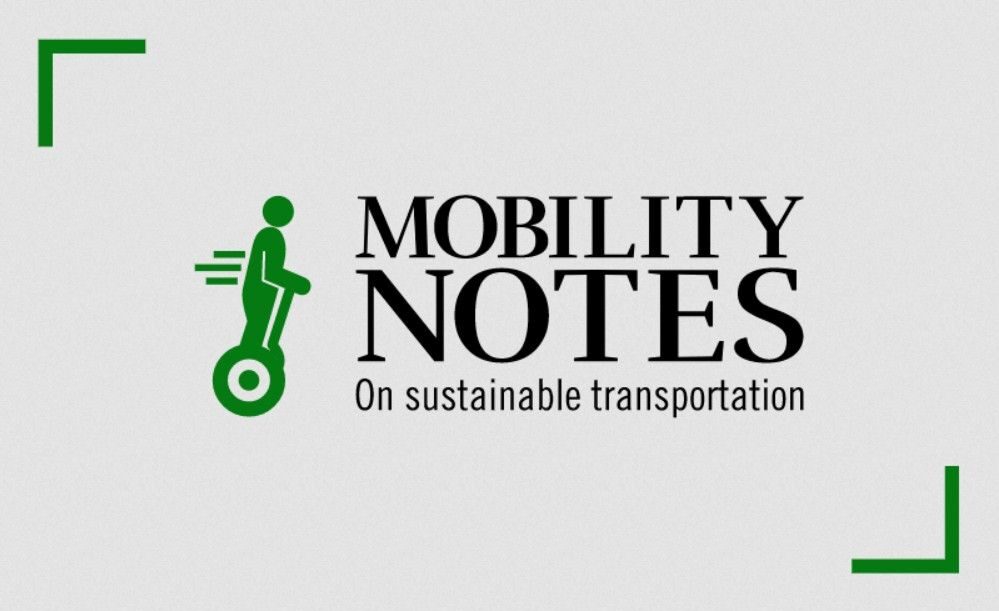Environmental Justice
Fine particulate pollution disproportionately affects people of color in the U.S.
A synopsis of the paper
C. W. Tessum, D. A. Paolella, S. E. Chambliss, J. S. Apte, J. D. Hill, J. D. Marshall, “PM2.5 polluters disproportionately and systemically affect people of color in the United States”.
Background
If you have not heard of the term “Environmental Justice” or “EJ” as it is abbreviated, then it’s time to read up. Policy makers have to pay close attention to this topic in the quest for a rapid transition to greener energy and mobility.
Did you know that the U.S. EPA has an Office of Environmental Justice?
It defines EJ as follows:
Environmental justice is the fair treatment and meaningful involvement of all people regardless of race, color, national origin, or income, with respect to the development, implementation, and enforcement of environmental laws, regulations, and policies.
In plain words, EJ ensures that any policies or regulations that promote clean air, water and the like should benefit not the rich or white but also the disadvantaged communities (poor, minorities, etc.)
Read here for background on the environmental justice movement
Main Finding
PM2.5 from anthropogenic sources disproportionately affects people of color
- PM2.5 from all sources is 6.5 ug/m3 (ug = micrograms) in the U.S. However, exposure is systematically higher for people of color (POC) at 7.4 ug/m3 and lower for whites (5.9 ug/m3)
- As shown in picture on right, people of color are exposed to higher PM2.5 from a variety of sources, including those from the mobility and transportation sectors. Note that light-duty “gasoline” vehicles are ranked # 2, and the U.S. is the only major automotive market which has not adopted the use of gasoline particulate filters (GPFs).
- The exposure does NOT depend on income – that is, the disproportionately high exposure to PM2.5 persists for people of color at all income levels.
- The authors point out that the exposure disparities today reflect the “legacy of racist housing policy”

Why does this matter ?
- Globally, over 4 millions deaths annually are attributed to PM2.5, making it the highest environmental contributor to premature deaths. While the burden is disproportionately borne by some of the most populous and polluted regions (e.g. China, India), even in the US which enjoys relatively clean air, a recent study* estimates ~ 47,000 annual deaths attributed to PM2.5.
- Studies have shown that there is no minimum PM2.5 concentration levels below which particulates are safe for human health. In the US, for instance, the average PM2.5 concentration is 7.8 ug/m3, well below the WHO guideline and yet, as noted above, thousands of death are attributed to particulates.
- Based on the above, it is clear that we must strive to reduce particulate matter pollution from all sources. For the mobility sector, a shift to pure electrics eliminates tailpipe particulates but the higher cost for most EVs today is a barrier for purchase in low income communities.
- Hundreds of billions of dollars will be spent to incentivize and accelerate the transition to electric vehicles. It is critical that the benefit of such public spending be enjoyed by all citizens.
- There are other technologies available – notably particulate filters – which offer a substantial (>90%) reduction in PM emissions at a relatively low cost. These can be easily implemented provided a regulatory framework enforces their adoption. Specific to this study, it is shown that light-duty vehicles are a major source of PM2.5 in the US. Tighter PM standards will be required to ensure that modern gasoline vehicles be equipped with a gasoline particulate filter (GPF), something common in Europe and China due to their particle number standards.
*NATURE COMMUNICATIONS | (2021) 12:3594 | https://doi.org/10.1038/s41467-021-23853-y
Other recent posts
Conference Summary – SAE WCX 2025
![]()
A summary of the “SAE WCX 2025” conference held in Detroit.
IRENA Renewable Energy Capacity Statistics 2025
![]()
According to the latest report from IRENA, 2024 saw the largest increase in renewable capacity, accounting for 92.5% of overall power additions.
CO2 Emissions Performance of Heavy-Duty Vehicles in Europe – 2022 Results
![]()
The European Commission has published the official 2022 CO2 emission results for heavy-duty vehicles. Many OEMs are ahead of the targets and have gained credits, while others have their work cut out as we approach the 2025 target.
Like it ? Share it !


